What is a Renewable Energy Cable?
A renewable energy cable is an electrical cable that is designed for use in renewable energy applications. They are highly efficient at transmitting electrical power to renewable energy sources, such as solar panels, wind turbines, and hydroelectric dams, to the electrical grid. This is important because renewable energy sources often generate power at lower voltages than traditional power generation sources, which means that more power needs to be transmitted to achieve the same level of output.
The cables are made from copper or aluminium conductors coated with specialised insulation materials. The insulation materials used in renewable energy cables are designed to withstand the harsh environmental conditions that are often encountered in renewable energy applications, such as exposure to UV radiation, extreme temperatures, and moisture.
Renewable energy cables play a vital role in the development and adoption of clean, sustainable energy sources. They enable the efficient and reliable transmission of power from renewable energy sources to homes, businesses, and the electrical grid.
There are many different types of renewable energy cables, each designed for a specific application. Some of the most common types of renewable energy cables include:
- Low-voltage cables: These cables are used to transmit power from small renewable energy sources, such as solar panels and wind turbines, to homes and businesses.
- Medium-voltage cables: These cables are used to transmit power from larger renewable energy sources, such as wind farms and hydroelectric dams, to the electrical grid.
- High-voltage cables: These cables are used to transmit power over long distances, such as from one state to another.
The specific type of cable used depends on the particular application and the amount of power that needs to be transmitted.
Medium Voltage Cables
A medium voltage renewable energy cable is a type of electrical cable that is used to transmit power generated by renewable energy sources, such as wind turbines and solar panels, to a power grid or other electrical infrastructure. These cables are designed to carry medium voltage electrical signals, usually in the range of 1 kV to 35 kV, which is higher than the voltage used in standard household electrical systems.
The cables can be designed to be highly durable and resistant to abrasion, which helps to ensure their long-term reliability and performance.
In renewable energy applications, medium voltage cables are often used to connect wind turbines or solar panels to a central collection point, such as a substation or a power grid. The cables may also be used to connect multiple wind turbines or solar panels together in a series or parallel configuration to create a more extensive, more powerful electrical system.
Further Reading
Check out our renewable energy cables page






